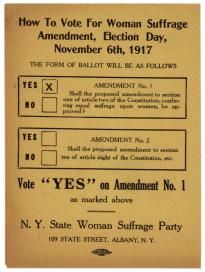
Wright elizabeth cady stanton and mary ann mcclintock met to assemble the agenda for the meeting along with the speeches that would be made.
Declaration of sentiments explained. The declaration of sentiments and resolutions was drafted by elizabeth cady stanton for the women s rights convention at seneca falls new york in 1848. Elizabeth cady stanton s declaration of sentiments and resolutions impacted women s rights forever. Uploaded on the 167th anniversary of the seneca falls convention we take a look at the big idea of women s rights in the 19th century as well as some interesting facts about the convention. Three days before the convention feminists lucretia mott martha c.
The declaration of sentiments seneca falls convention july 1848 elizabeth cady stanton was an abolitionist and leading figure of the early women s rights movement. Elizabeth stanton and lucretia mott led the first national woman s rights convention in the united states. Stanton modeled the declaration of rights and sentiments on the declaration of independence. Based on the american declaration of independence the sentiments demanded equality with men before the law in education and employment.
Sixty five years after the declaration twelve states extended voting rights to women and in 1920 women achieved this right nationally. Here too was the first pronouncement demanding that. Just as the declaration of independence asserted the right to change or throw off unjust government so does the declaration of sentiments. Declaration of sentiments elizabeth cady stanton on july 19 1848 the first all women day of the convention stanton read her declaration which she modeled off the declaration of independence before a crowd of two hundred women.
Declaration of sentiments document outlining the rights that american women should be entitled to as citizens that emerged from the seneca falls convention in new york in july 1848. It begins with an opening preamble stating a number of universal truths the. Stanton addressed that men and women were created equal so they deserved equal rights also.





















